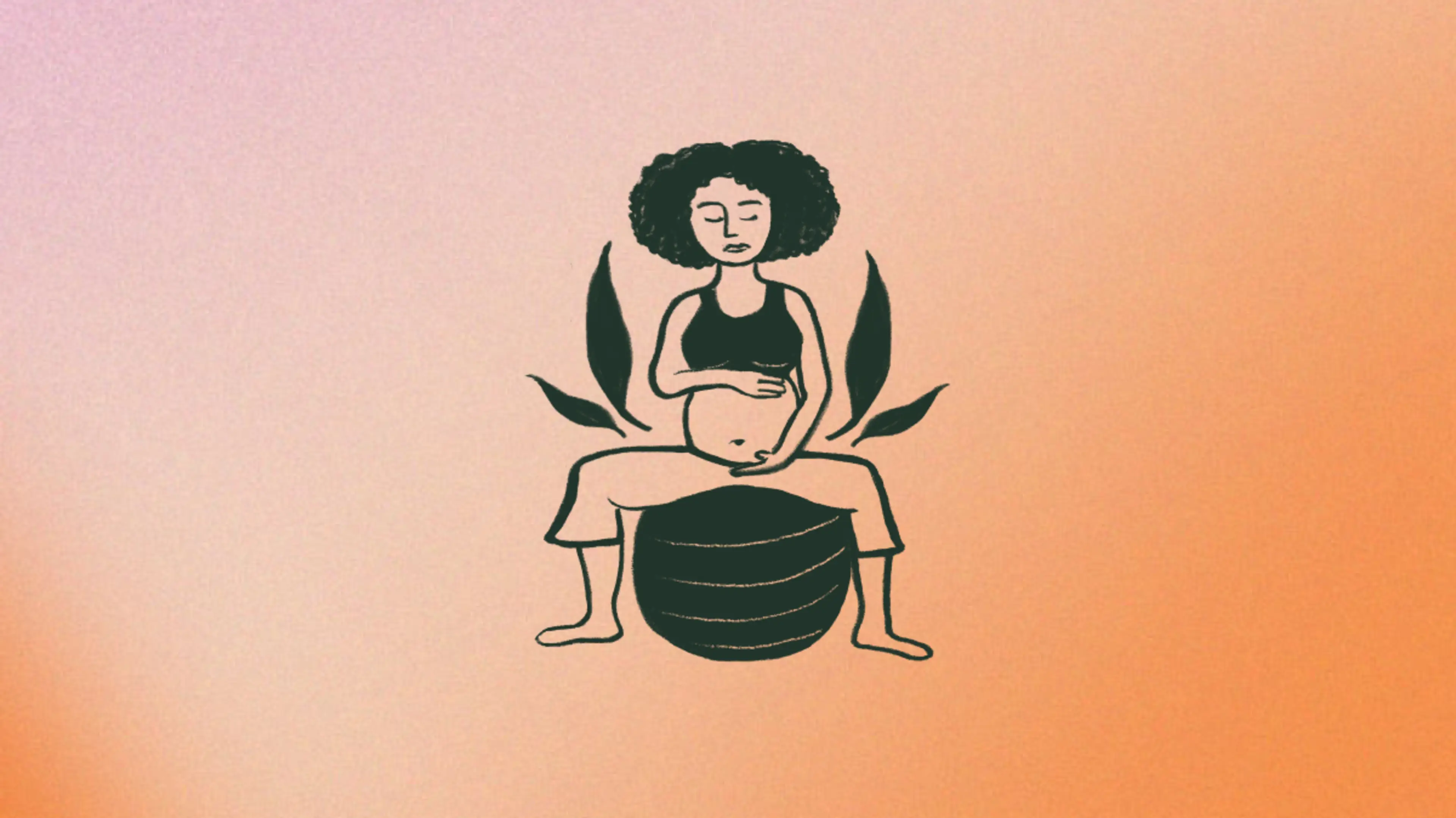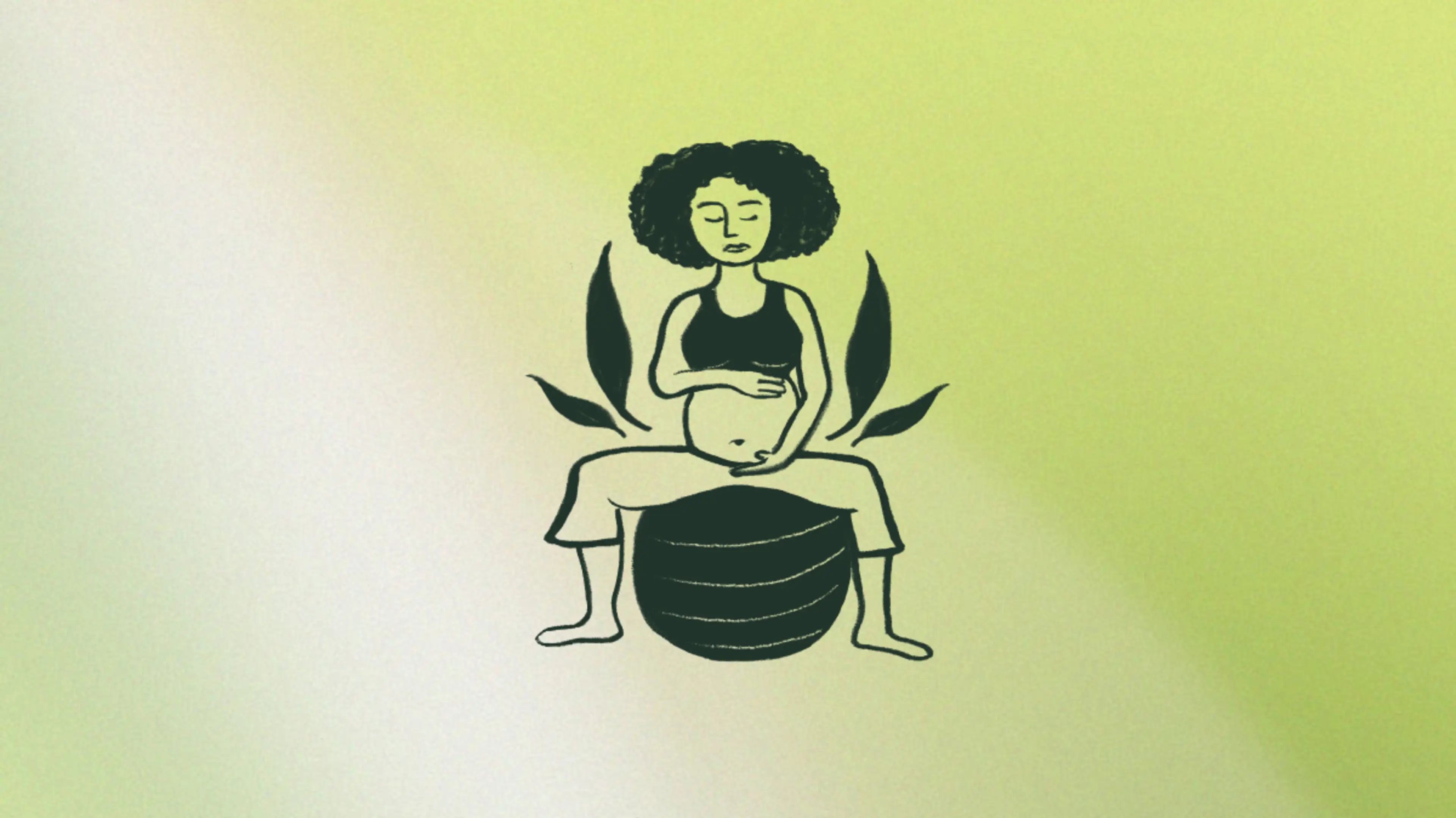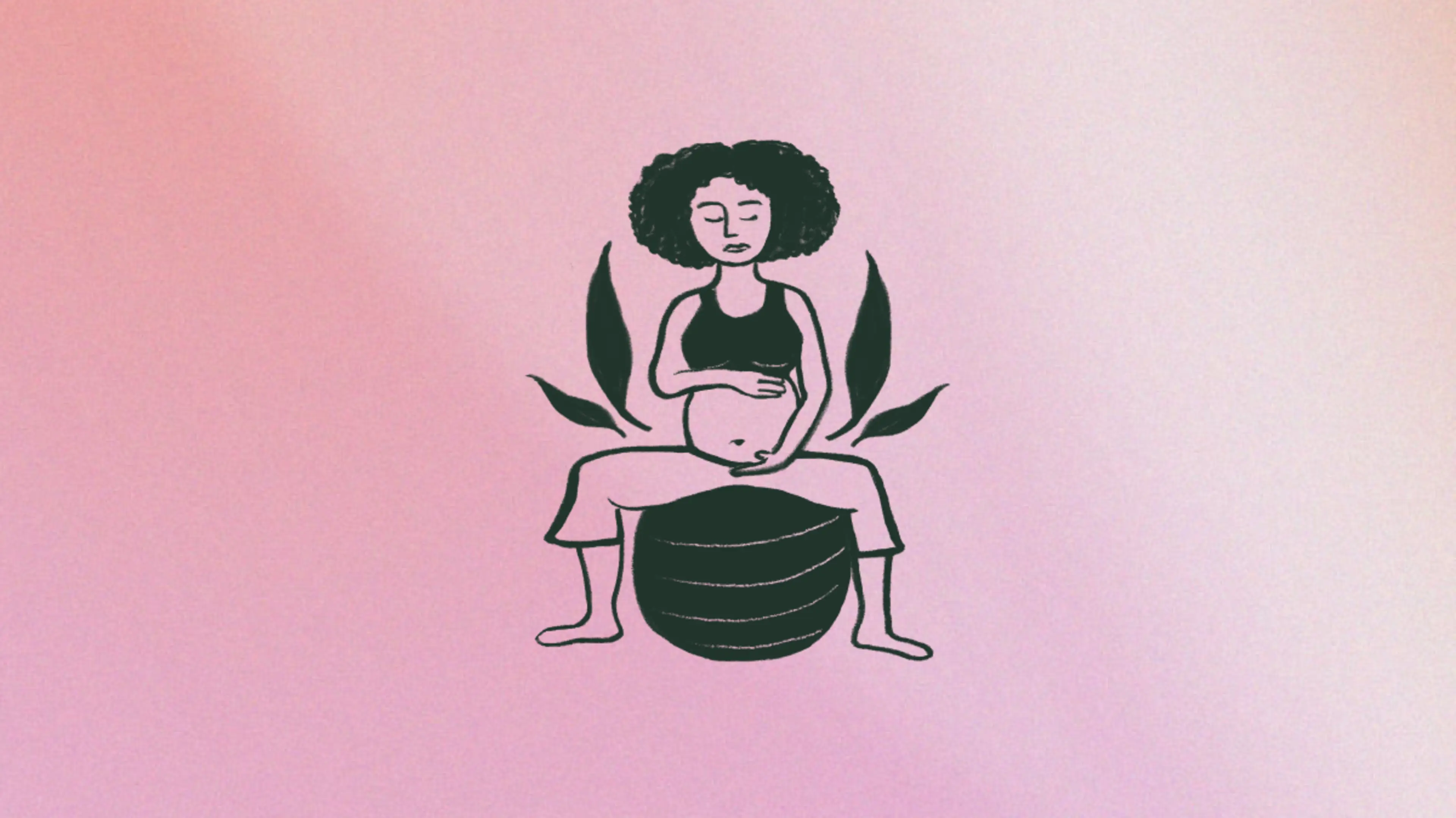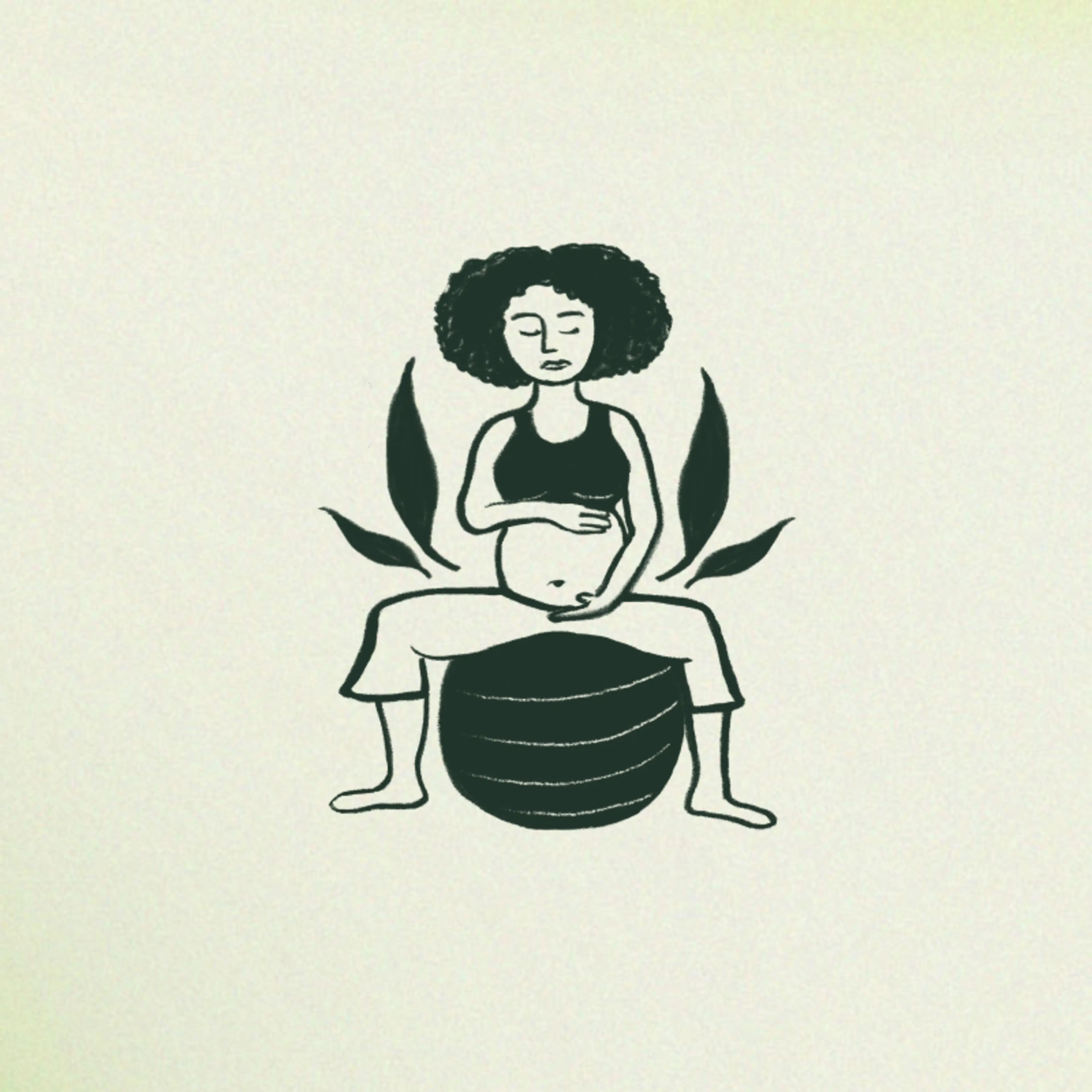Babies do move during labor! Some would argue that they actually move very intentionally during labor. There’s a little dance that each baby instinctively knows how to do in order to navigate through the pelvis. They know, very intelligently, how to duck and twist and descend, attempting to keep their head at the smallest diameter and their shoulders aligned at the perfect angles to not get hung up in the pelvis.
These movements are called the “cardinal movements” of labor. Your baby is, in fact, a very active participant in their birth. The birthing person’s movements as well as their baby’s movements work together in order for birth to happen in the most optimal way.








